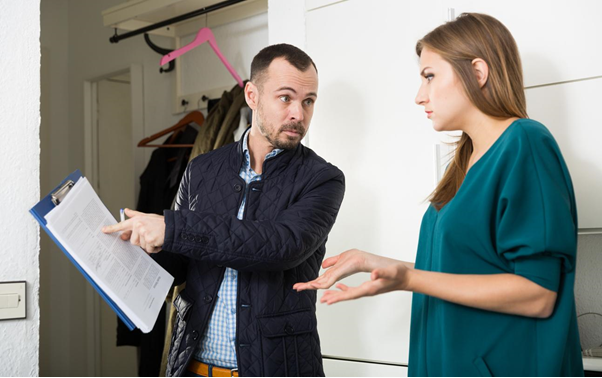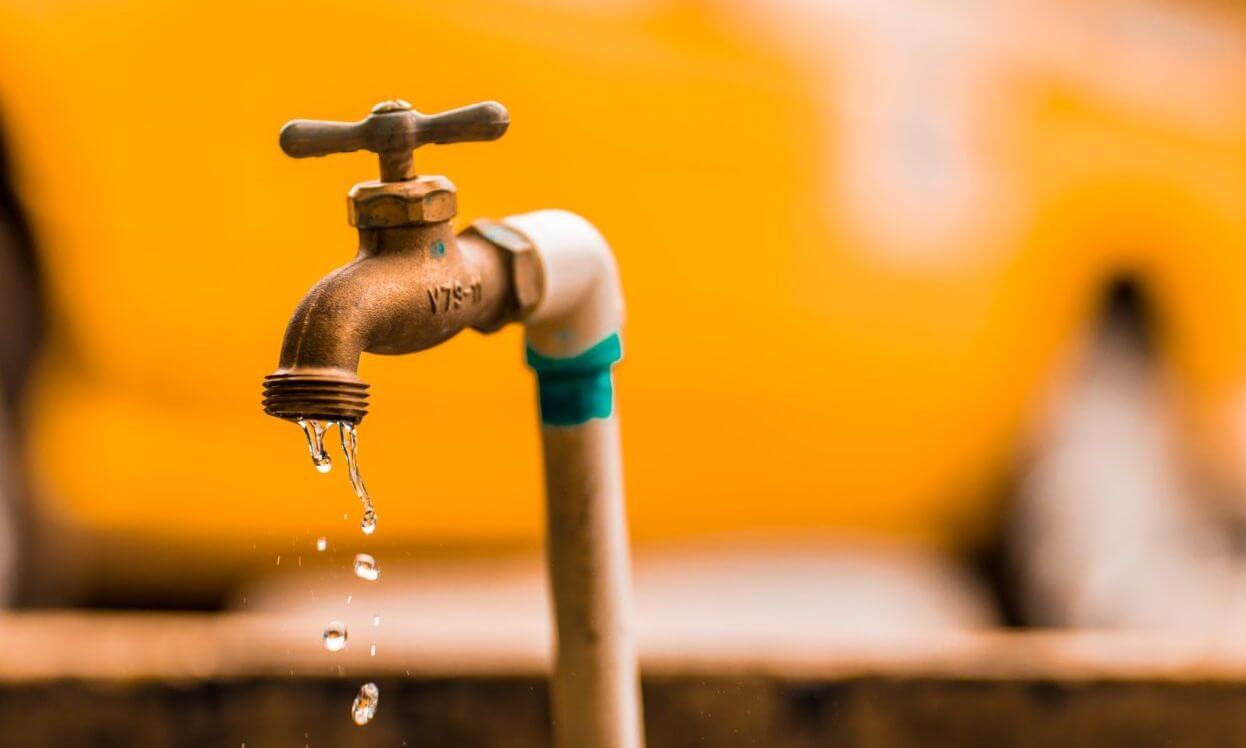Landlord's Guide to Plumbing Maintenance in Rental Homes
Landlord's Guide to Plumbing Maintenance in Rental Homes
Blog Article
Right here below you will find more dependable news about Plumbing Maintenance Guide for Tenants.

Handling pipes problems in rental properties successfully is crucial for preserving occupant satisfaction and protecting the home's worth. Whether you're a property owner or a building supervisor, understanding just how to address these usual troubles can save you time and money while making sure conformity with legal duties. Below's a detailed guide on just how to take care of pipes concerns in rental buildings.
File Whatever
Maintain in-depth records of all reported pipes issues and the activities required to settle them. Documentation should include dates, descriptions of the trouble, interaction with renters, and invoices from contractors or plumbers. This info can be critical for insurance cases, tax deductions, and lawful security.
Use Qualified Professionals
Always utilize qualified and insured professionals for considerable plumbing fixings and setups. This makes certain that the work depends on code and can help stay clear of responsibility problems in case of mishaps or additional damages. It likewise comforts tenants that repair work are being managed properly.
Develop Clear Interaction
Encourage lessees to report any plumbing problems as soon as they occur. Provide several communication channels such as phone, email, or a tenant site to make it very easy for them to reach out. Trigger feedbacks to these reports can protect against minor issues from rising into major problems.
Educate Tenants
Educate your tenants about what comprises a pipes emergency situation and what does not. Offer guidelines on just how to handle minor problems themselves, such as making use of a plunger to unclog a bathroom. Also, inform them about what they need to stay clear of taking down drains to prevent obstructions, such as oil, coffee grounds, and non-biodegradable items.
Regular Maintenance
Execute a routine upkeep routine for all plumbing systems in your service buildings. Routine checks can help recognize and resolve problems like leaks, sluggish drains pipes, or corroded pipes prior to they come to be severe. Think about hiring a specialist plumbing professional to check the buildings annually or semi-annually.
Quick Action to Emergency Situations
Have a plan in place for reacting to plumbing emergency situations. This ought to include having the contact info of trusted pipes solutions that supply 24/7 emergency situation repairs. Quick action is essential to minimize damages in circumstances like burst pipelines or severe leakages.
Preventive Upgrades
Take into consideration updating older plumbing systems and fixtures to more modern-day, effective models. This can decrease the regularity and extent of plumbing concerns and reduced long-lasting upkeep prices. It's also a selling factor for potential renters that value upgrades and modern-day attributes.
Tenant Move-Out Inspections
Conduct complete pipes checks throughout move-out evaluations to guarantee that any type of problems are identified and dealt with prior to a brand-new lessee relocate. This protects against disagreements with brand-new occupants over pre-existing conditions and guarantees the building remains in top condition.
Understand Lawful Obligations
Know your lawful obligations regarding pipes and basic residential property maintenance. The majority of jurisdictions call for property managers to guarantee their buildings are habitable and that all pipes systems remain in good working order. Failing to deal with significant problems without delay can result in lawsuits from lessees.
Tenant Compensations
If a pipes concern requires immediate interest and the lessee resolves the concern by themselves, have a clear policy in position for compensating costs. Make sure tenants know they ought to obtain previous approval for higher-cost repairs unless it's an absolute emergency situation.
Conclusion
Taking care of pipes issues in rental buildings requires a proactive approach and good communication with tenants. By staying on top of upkeep, responding quickly to emergencies, and using competent professionals, landlords can keep their buildings in superb condition and maintain good relationships with renters.
How to Handle Water Damage in a Rental Property
What is Water Damage?
Water damage is harm or destruction caused by water entering areas where it is not supposed to be. It can be caused by a variety of sources and can manifest in different ways. The most common examples of water damage include:
Leaking roof Plumbing leaks Appliance malfunctions Poor drainage Flooding Sewage backup Condensation Tenant negligence HVAC system issues Frozen pipes Is water damage dangerous?
Water damage itself is not inherently dangerous, but it can lead to various hazards and health risks if not promptly and properly addressed. The severity of these risks depends on the extent of the water damage, the source of the water, and how quickly it is mitigated.
Some potential dangers associated with water damage include structural damage, mold and bacterial growth, electrical hazards, water contamination, and pest infestations. In situations where mold and mildew have gone unaddressed, mold can start to develop within 24-48 hours of water exposure, and this can impose a serious health risk to tenants. In particular, mold spores and damp conditions can lead to respiratory issues and even make existing health problems worse, such as allergies, asthma, or immune disorders.
Water Damage in an Apartment - Who is Responsible?
If the water damage is caused by the tenant’s negligence, the tenant is responsible for the cost of repairs. If the water damage is caused by a defect in the property, the landlord is responsible for the cost of repairs. If the water damage is a result of natural causes, such as excessive rain, then the landlord is responsible, since the water intrusion likely occurred due to a defect in the property. Landlord Responsibility water damage in rental property
Since maintaining habitability is the landlord’s legal responsibility, landlords are responsible for any resulting structural damage caused by water damage. These structural damages may include damage to walls, roofs, ceilings, and flooring. If water damage has affected the rental property’s original structure, the landlord is responsible for repairing or replacing those materials. Therefore, landlords should have property insurance that covers the structural components of their rental property so that they can receive help with the costs of covered events.
Preventative measures can also help landlords avoid massive renovations. Preventative maintenance may include conducting regular inspections to identify and address potential water damage before it becomes a major and urgent problem.
If a landlord fails to meet their responsibilities regarding water damage, it can lead to legal disputes and potential liability. Tenants who believe their landlord is not addressing water damage issues in accordance with California law can seek legal advice or contact local housing authorities for assistance.
https://www.goodlifemgmt.com/blog/water-damage-in-a-rental-property/

I was guided to that report on How to Handle Plumbing Issues in Rental Properties through a buddy on another website. So long as you appreciated our page please be sure to share it. I enjoy reading our article about .
Report this page